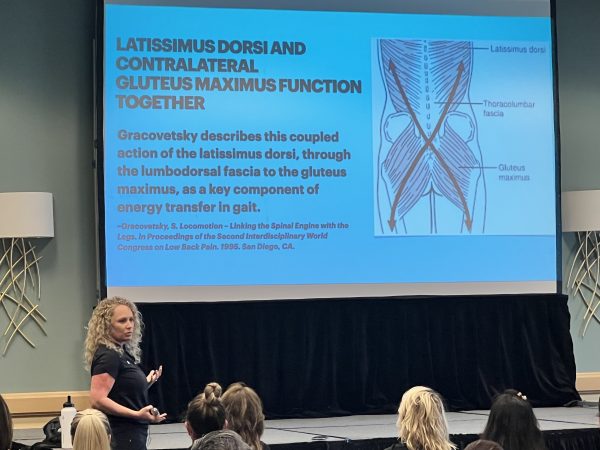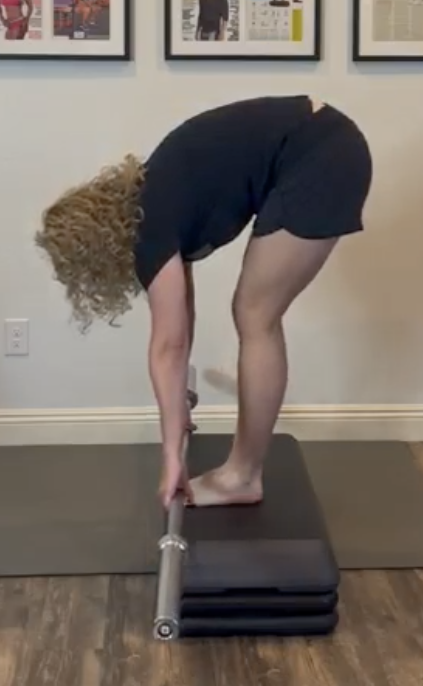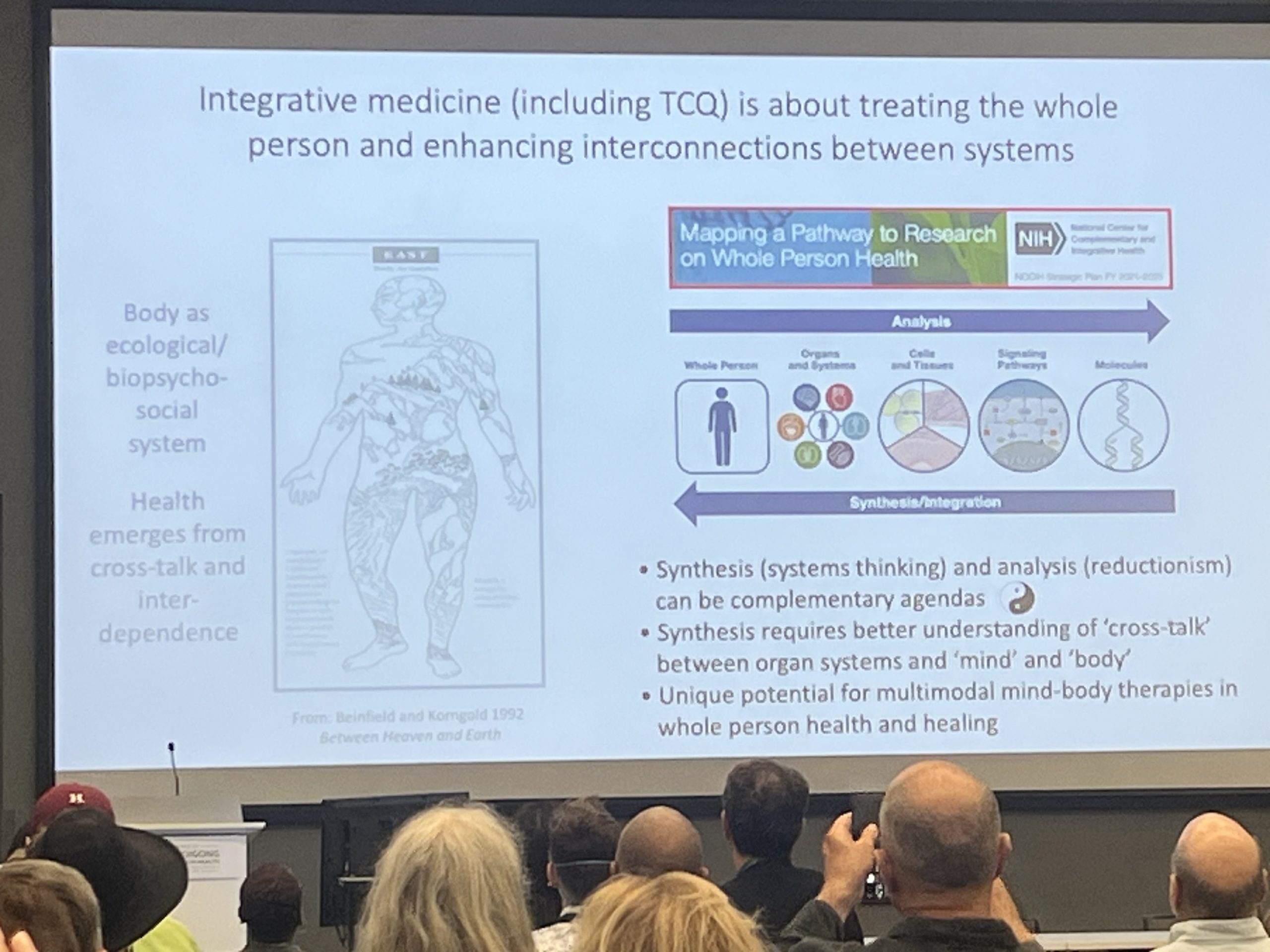Is Stretching The Back Good For Low Back Pain?
2024-09-9
Jessica Bento, Physical Therapist (Creator DVRT Restoration Certification, DVRT Rx Shoulder, Knees, Pelvic Control, & Gait Courses)

I don’t have to give you the stats on low back pain. You know A LOT of people are suffering with back pain. That person may be yourself, a family member, friend, or countless clients you are trying to help overcome one of the biggest challenges in our society. That is why I understand people are looking for answers everywhere and I am not suggesting you can’t find some good ones online. However, there is a lot of confusion as well that lead people down the wrong path.
One of the most confusing concepts that tries to get discussed online is the idea you need to train spinal flexion when you have low back pain and the fact you didn’t train enough spinal flexion is the reason you have low back pain now. This can seem convincing when you see some ripped individual lifting heavy weight with a rounded back but let’s look at this issue with more of a critical eye.

Probably the biggest confusion around the idea about spinal flexion is that you will often seem people who have a history of low back pain have a reduced ability to perform spinal flexion. This issue is usually multi-faceted, one of the biggest issues is that past experiences of performing spinal flexion has led to low back pain. The brain learns this and tries to put up guard rails to prevent the body going into this movement. Such an issue is known as predictive coding and can be broken, but not by just having people go into spinal flexion (especially not loaded). The more fear and apprehension someone has about such movements, the more careful we have to be in how we expose them to such movements.
If someone currently has low back pain, then their body may be guarding from the pain and simply not allowing them to move into such ranges of motion. Others may have guarding and spasms that are also reducing range of motion. In these cases you may have to wait for the pain to reduce as well as any muscle spasms. This is where we can focus on qualities such as trying to regulate the nervous system so our perception of pain decreases and our ability to be with discomfort is eased and not seen as such a threat. We can also work on hip mobility strategies that could help indirectly allow our low back pain to calm down and our movement improve.
What is REALLY essential is to realize that not all low back pain is the same. Depending upon if there is structure damage causing your low back pain, you want to make sure to follow guidelines being provided by your health professional. Low back pain can vary greatly both in its intensities and its causes, so giving a one size fits all recommendation is dangerous to do as it can cause some conditions to get worse.

Having said that, because we want to be responsible, research is showing that around 90% of low back pain is considered “non-specific”, “Low back pain (LBP) is a major public health concern, affecting individuals of all age groups across the world. In about 90% of LBP cases, there is no specific cause identified and is, therefore, referred to as non-specific LBP.” (1)
Low back pain is influenced by the biopsychosocial model and why it is always important to address the whole person and not just a part of their body. That is why using some of the breathing exercises from our MIM program as is showed above may seem “silly” to some but can help people regulate and deal with issues in their lives more effectively. Such types of strategies have been shown in research to have very positive benefits to pain but also quality of life (2).
We also know that because low back pain is often non-specific and psychological factors can impact our low back pain, our tissues can become tight and cause us to experience pain as fascia actually contains more nerves than even skin! This is also why slowly and purposefully working on connective tissue can be helpful especially with deliberate breath work.
What is probably of MOST interest is that it may not be even your tight muscles or spinal issues causing reduced spinal flexion. More and more we are appreciating the fact that the thoracolumbar fascia is causing almost a “frozen back” type of issue (3). Whether due to lack of activity, injury, repetitive use, chronic inflammation, or a combination of these issues, the fascia seems to move less at least being a contributor to low back pain and restricted movement. However, the answer isn’t JUST spinal flexion.
View this post on Instagram
Since the thoracolumbar fascia is really designed with more diagonal directions, working movement in a variety of planes is probably best. However, there is a BIG difference our spine takes doing such movements loaded or not. I do NOT recommend doing these movements with loads as when we use our Mobility Balls, for example, these are for more feedback and core stability NOT loading the back. I have not been presented with any research to show that loaded spinal flexion helps reduce low back pain and the tissues at hand (if you have some I am open to it). So, when you perform these movements first make sure there are no contraindications from your doctor or medical professional. Second, start slowly focusing on only slight discomfort with movement, no pain! Use how easily you can breath in and out deeply as a measure of how intense the movements is on your body. If you find holding your breath a lot, try to reduce the range of motion.
As you can see, this discussion is more nuanced than all spinal flexion is good or bad. We need more context and be more specific upon the goals we are trying to achieve so we can actually make a difference for people not just in their low back pain, but overall quality of life.
Learn more about evidence based low back pain solutions with our Low Back Pain Science, Chronic Pain, and Myofascial Integrated Movement masterclasses. Save 35% for this week only with code “class35” HERE and get great educational and tons of practical solutions.
View this post on Instagram
References:
- Kahere M, Ginindza T. The burden of non-specific chronic low back pain among adults in KwaZulu-Natal, South Africa: a protocol for a mixed-methods study. BMJ Open. 2020 Sep 1;10(9):e039554. doi: 10.1136/bmjopen-2020-039554. PMID: 32873683; PMCID: PMC7467525.
- Anderson, B. E., & Bliven, K. C. H. (2017). The Use of Breathing Exercises in the Treatment of Chronic, Nonspecific Low Back Pain. Journal of Sport Rehabilitation, 26(5), 452-458. Retrieved Sep 8, 2024, from https://doi.org/10.1123/jsr.2015-0199
- Pirri, Carmelo, et al. “Ultrasound imaging of thoracolumbar fascia thickness: chronic non-specific lower back pain versus healthy subjects; A sign of a “Frozen Back”?.” Diagnostics 13.8 (2023): 1436.
© 2026 Ultimate Sandbag Training. Site by Jennifer Web Design.







